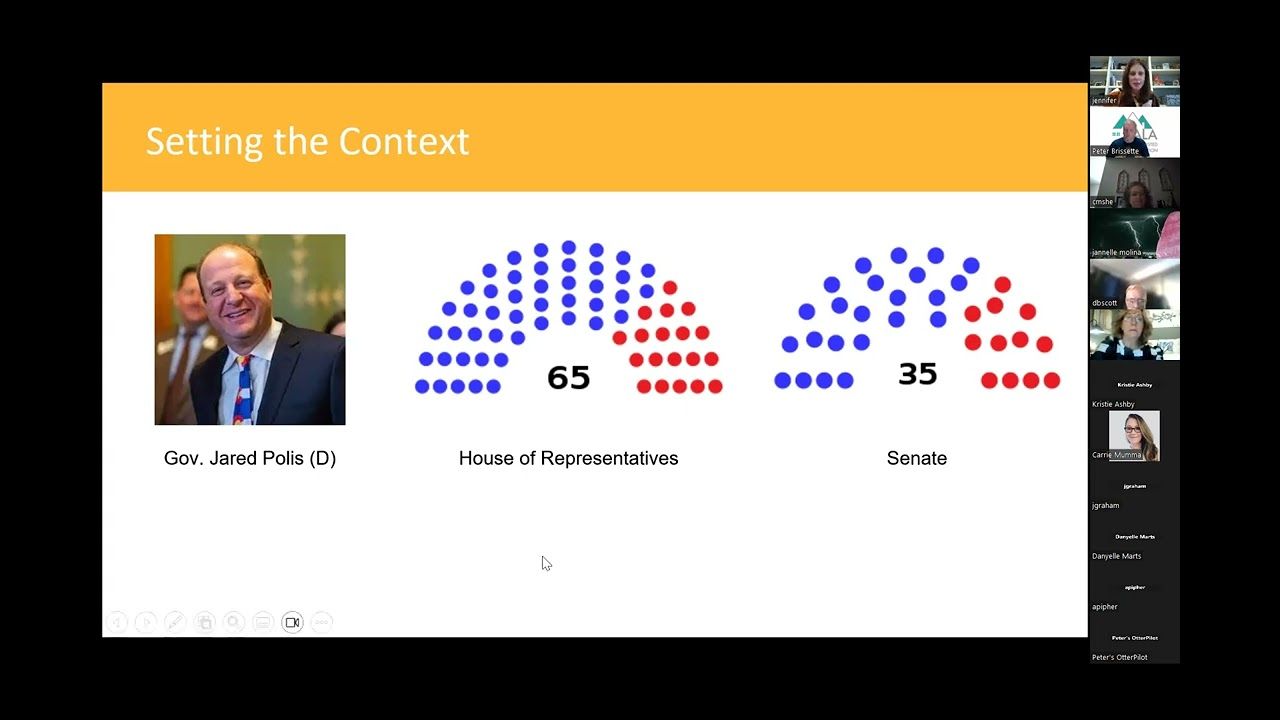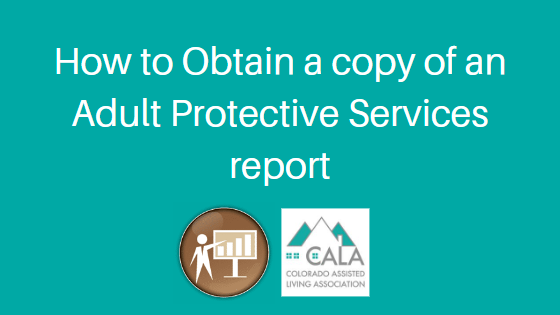Employees vs. Independent Contractors: The Pitfalls of Misclassification
As an employer, it is vital to understand the differences between employees and independent contractors.
An employee is an individual with whom a business has established an employment relationship. An independent contractor is an individual or business with whom a business has established a contractual relationship. In a contractual relationship, each party’s obligations to the other are agreed upon in advance and can change only if renegotiated by both parties. An employer, on the other hand, has broad discretion over the work assignments, duties, and schedule of an employee and can make significant changes at any time as business needs change.
Understanding the differences can help employers avoid the negative consequences of misclassification. And following a recent National Labor Relations Board (NLRB) decision, employers should keep in mind that they will face a stricter test when trying to classify workers as independent contractors. This Employers Council article explains more about the decision.
Pitfalls for Workers
Due to the control an employer has over its workforce, laws exist to protect employees from exploitative practices. The Fair Labor Standards Act (FLSA) defines an employee simply as “an individual employed by an employer.” While this may seem a circular definition on the surface, the implications run deep. Nearly every federal and state regulation addressing employee protection relies upon the FLSA definition of employee. Workers who do not fit the FLSA definition are not covered by these codified protections and benefits.
The following are some disadvantages of a worker being classified as an independent contractor:
- Loss of employee protections: Workers’ compensation, leave entitlements under FMLA, and protection from discrimination in employment are just a few examples of protections that employees lose out on by being misclassified as independent contractors.
- No benefits programs: Employee benefits programs are not available to independent contractors. As a separate business entity, they are expected to pay for their own work-related expenses, provide their own health insurance, and make their own plans for retirement savings. Employer contributions and contribution matches are also benefits reserved for employees.
- Responsible for payroll taxes: Independent contractors are responsible for 100% of Social Security and Medicare taxes, as well as calculation and remittance of income taxes throughout the year. Employees, on the other hand, pay 50% of Social Security and Medicare taxes, with the other half paid by their employer. Employees’ taxes are also calculated and deducted from each paycheck throughout the year, then remitted on their behalf by the employer.
Pitfalls for Employers
Workers are not the only ones at risk in the case of employee misclassification. Employers that are found to have misclassified an employee as an independent contractor may face financial liability, including the following:
- Back payments: If an alleged contractor is found to be an employee, the employer will be retroactively responsible for their rightful portions of several common costs of employment. The statute of limitations for financial liability may vary, but in general, such payments are calculated in arrears for immediate payment. Companies can also be charged late fees and interest on past-due amounts.
- Payment will be owed to the IRS for payroll taxes.
- Payments owed to the state may include workers’ compensation and unemployment insurance premiums.
- Payments owed to vendors may include benefits premiums, retirement plan contributions, and fringe benefits.
- Payments owed to the employee may include back wages for up to three years, if hours and pay do not meet FLSA minimum wage and overtime standards.
- Time and expense of legal proceedings: Most often, a misclassification decision comes at the end of a lawsuit or arbitration, when the legal system weighs all evidence and determines whether a worker was appropriately classified as an independent contractor. When a decision is made in the worker’s favor, they may be awarded additional damages and legal expenses to be paid by the employer.
Avoiding Misclassification
One of the most difficult elements of employee vs. independent contractor classification is that the employment relationship is based on economic reality. That means that there is no cut-and-dried definition of an independent contractor, and each worker’s situation must be examined independently. To assist with this examination, Employers Council has several resources that can help.
It may help to remember that the employment relationship is the foundation upon which all employee protections are built. If a situation leaves you feeling that any form of employee protection may or should apply to an independent contractor, it may be a sign that an employment relationship already exists. In these cases, dig further and ask questions to determine whether it is time to reclassify a worker. Similarly, if a suggestion is made to hire an independent contractor to avoid employee protections or their associated financial burdens, carefully examine whether the nature of the role meets the standards of classification tests.
Often, misclassification is an error, not a conscious decision. If you have questions about the appropriate classification of a new or existing worker, reach out to Employers Council at info@employerscouncil.org for assistance.






